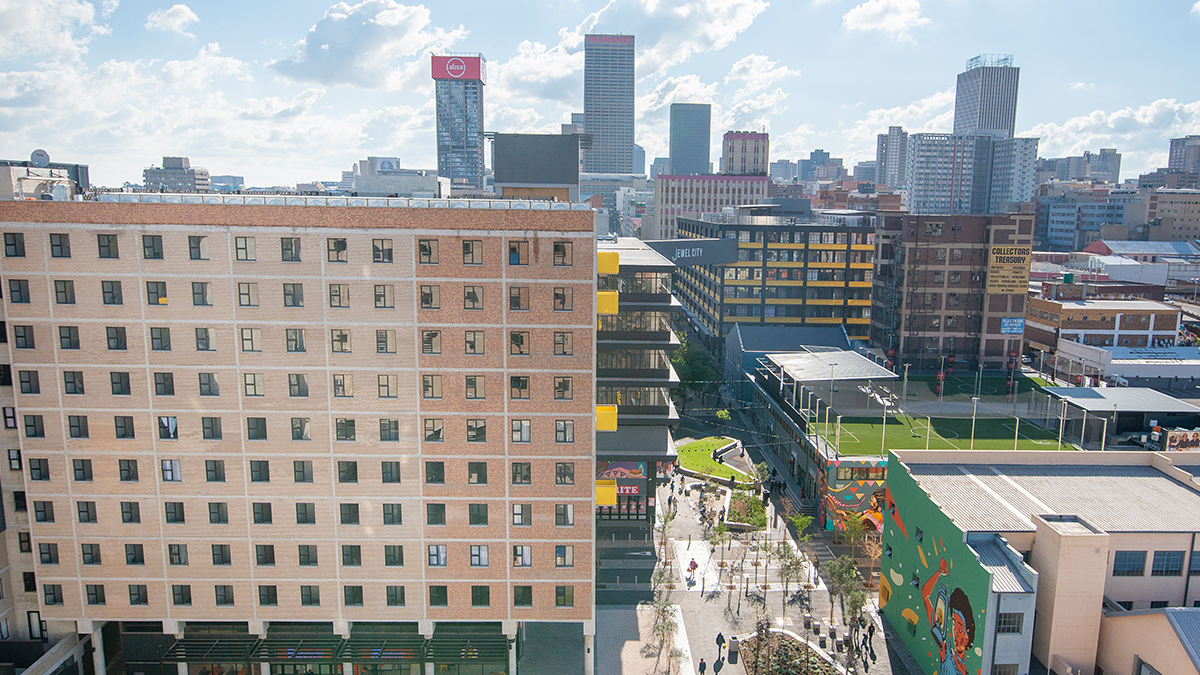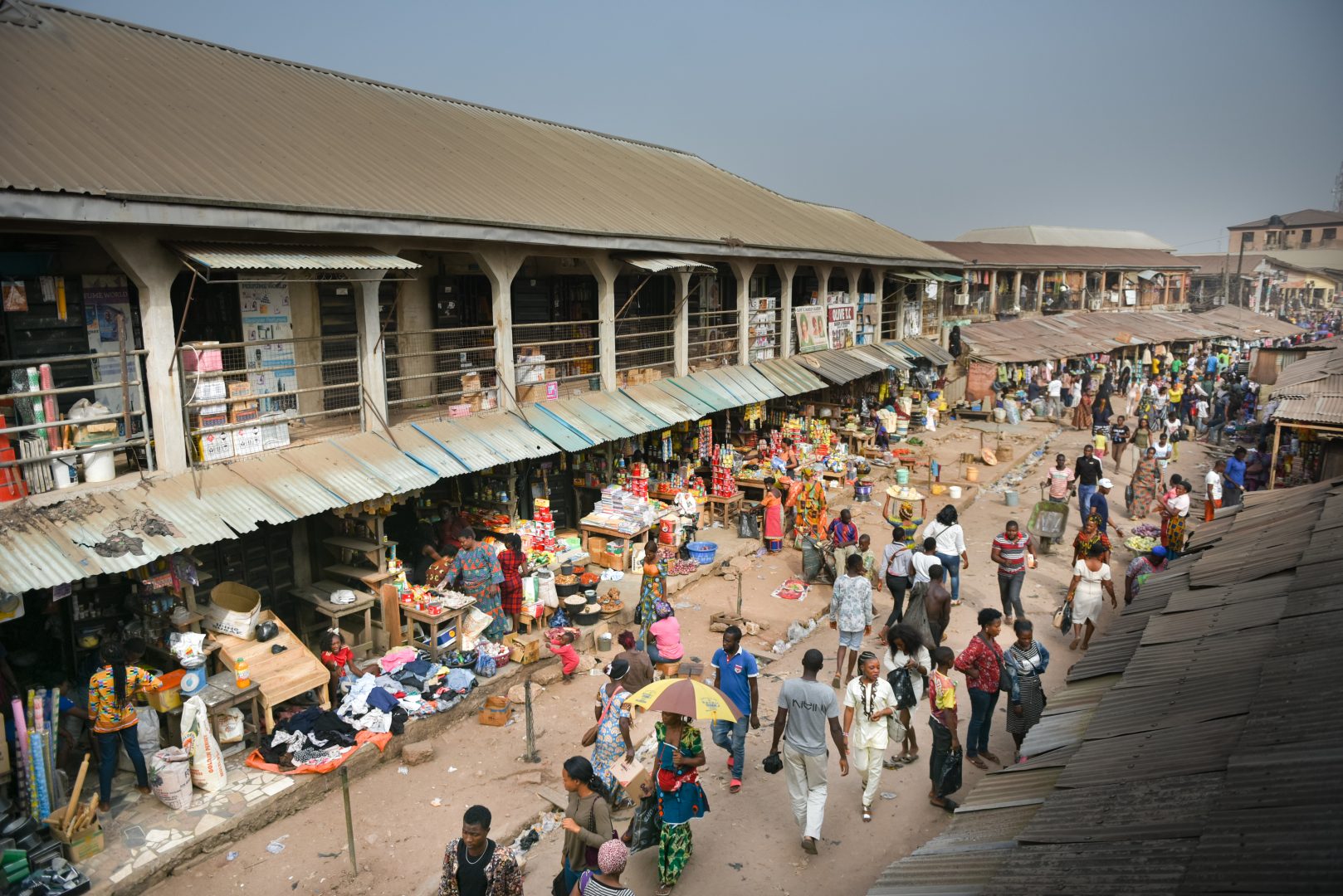More than 90 per cent of the increase in global urban population between now and 2050 – roughly 2.5 billion people – is expected to take place in Africa and South Asia. This will drive demand for investment in the construction and real estate (CRE) sector. These investments will play a decisive role in determining whether cities become centres of sustainable, climate resilient and inclusive growth, or whether they follow a path of resource-intensive, unplanned and inequitable expansion.
So what does this mean for impact investors like CDC? To deepen our understanding of the array of development impacts created by the construction and real estate sector we’ve undertaken a review of the evidence in partnership with the World Resources Institute (WRI). Our report is based on an in-depth appraisal of more than 170 academic studies and other sources. It is intended is to support more impactful investment strategies by allowing investors to balance financial and impact returns, and to explore the trade-offs that are inevitably encountered by development finance institutions, impact investors, and investors in emerging markets more generally.
What did we learn from the evidence?
The report examines evidence from two distinct angles. First, by presenting a Sector Impact Framework and using this to assess evidence in terms of economic opportunities, inclusive urbanisation and environmental sustainability. Second, by examining the evidence across nine construction and real estate sub-sectors, grouped into social infrastructure and business infrastructure, to highlight sector-specific insights.
The report finds that investments in the construction and real estate sector can play a key role in contributing to the three long-term impact goals that guide our investment strategy:
- Economic opportunity: Creating high-quality jobs and improving livelihoods by enabling expansion of economic activities, and contributing to greater economic productivity.
- Inclusive urbanisation: Enabling more inclusive access to social and economic benefits, and the safety and health of everyone in a city.
- Environmental sustainability: Improving energy and resource efficiency, land use, emissions reduction and climate resilience.
The report also draws out lessons that are particularly relevant for private sector investors. This includes the importance of understanding the local context for successful project completion and maximising impact. This requires intentional effort on the part of developers and investors to understand specific barriers to impact that exist locally, and to build mitigation and due diligence measures into investment strategies. Our report concludes by identifying areas for further research.
We hope this review will encourage more investors to focus on the impact of the construction and real estate sector in Africa and South Asia. This is especially in recognition of the sector’s importance in determining urban form in cities and its potential to strengthen economic, inclusive, and climate resilient growth for years to come.











